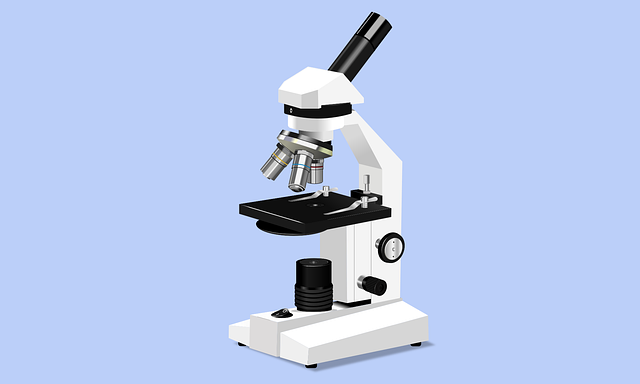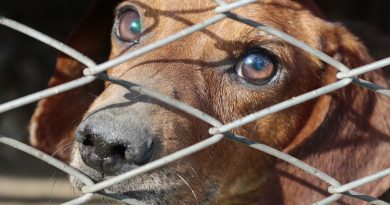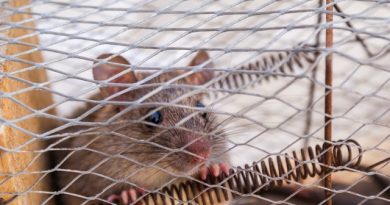Human Skin Models as Alternatives to Animal Use
NAVS recently had the opportunity to speak with Eric Merle, Chief Commercial Officer at Genoskin. Genoskin provides the research community with human skin models as alternatives to the use of animals for chemical, pharmaceutical and cosmetic product testing. The company collects real human tissue after surgery and keeps it alive “ex vivo” to be used by researchers in place of animals.
Here is what they had to say about their powerful human-relevant models.
* * *
NAVS: Can you describe your models in more detail?
Genoskin: Genoskin has developed technology to keep human tissues alive and functional for seven or more days. We provide ready-to-use, standardized, immunocompetent and injectable human skin assays. The technology closes the bridge between in vitro testing and in vivo clinical testing, replacing the animal experimentation step. Our assays hold all of the characteristics and functions of real live human skin. It allows researchers to generate better and more predictive human data and to de-risk clinical studies.
Genoskin’s assays are comprised of round biopsies obtained from informed donors after plastic surgery. Biopsies are processed within 24 hours of surgery. They are placed into a gel-like matrix that nourishes the skin and maintains its mechanical properties. The models also have a silicone ring to avoid leaks after topical application of compounds. Genoskin’s ex vivo skin assays can be kept alive for weeks, allowing enough time for any kind of treatment.
NAVS: What advantages do your ex vivo skin models have over other currently available models?
Genoskin: Our ex vivo human skin models are made of real human skin that comes from an actual living human donor undergoing an elective plastic surgery where excess skin is usually discarded. It still has all the skin appendages (immune cells, sebaceous glands, hair follicles, etc.). It also remains immunocompetent. Our models are alive, meaning they can tan, heal, grow hair and show inflammatory responses.
Animal models generate data that is hard to translate to humans. We generate human data. Compared to animal experimentation, ex vivo skin models save time and money for researchers.
NAVS: Do data from your model perform better than animal models in predicting what happens in humans?
Genoskin: There is no universal animal skin model. It is not an easy task to find a relevant animal skin model as their immune system is different [from humans] and often not entirely described or characterized. It makes it difficult to assess the relevancy of animal skin for studies involving the skin immune system. The attrition rate is terrible and data generated is often hard to translate to humans, leading to many clinical trial failures.
Because Genoskin’s skin models are made of actual living human skin, they have the same structure and response as skin in a human. Also, our technology enables us to keep the skin functional and immunocompetent. The data generated doesn’t need translation before going to a clinical trial, reducing greatly the risk of failure. Real human skin models will always yield better and more reliable results that are easy to translate into clinical trials.
NAVS: How may ex vivo skin models replace or reduce animal testing?
Genoskin: We are convinced that using human tissue to create reliable and predictive human skin models actively helps to replace animal testing. Genoskin’s human skin models are perfectly designed to replace in vivo animal experiments on skin toxicity and efficacy. Genoskin’s assays like HypoSkin® [an ex vivo skin biopsy with fat tissue meant to study injections, local toxicity and efficacy] have the potential to replace pre-clinical testing on animals in the development of subcutaneously administered drugs [those injected under the skin]. This administration route has become one of the most common methods for delivering a drug into the human body.
* * *
Genoskin indicated that the FDA has increased approval of drugs administered under the skin by 333% over the last decade. NAVS hopes that the Genoskin model will serve as a reliable preclinical model to examine drugs before moving to human clinical trials, reducing animal use in the process.
From, National Anti-Vivisection Society (NAVS), Science First, http://act.navs.org/site/MessageViewer?em_id=6504.0&dlv_id=16281#.X3Tfc2hKiUk




